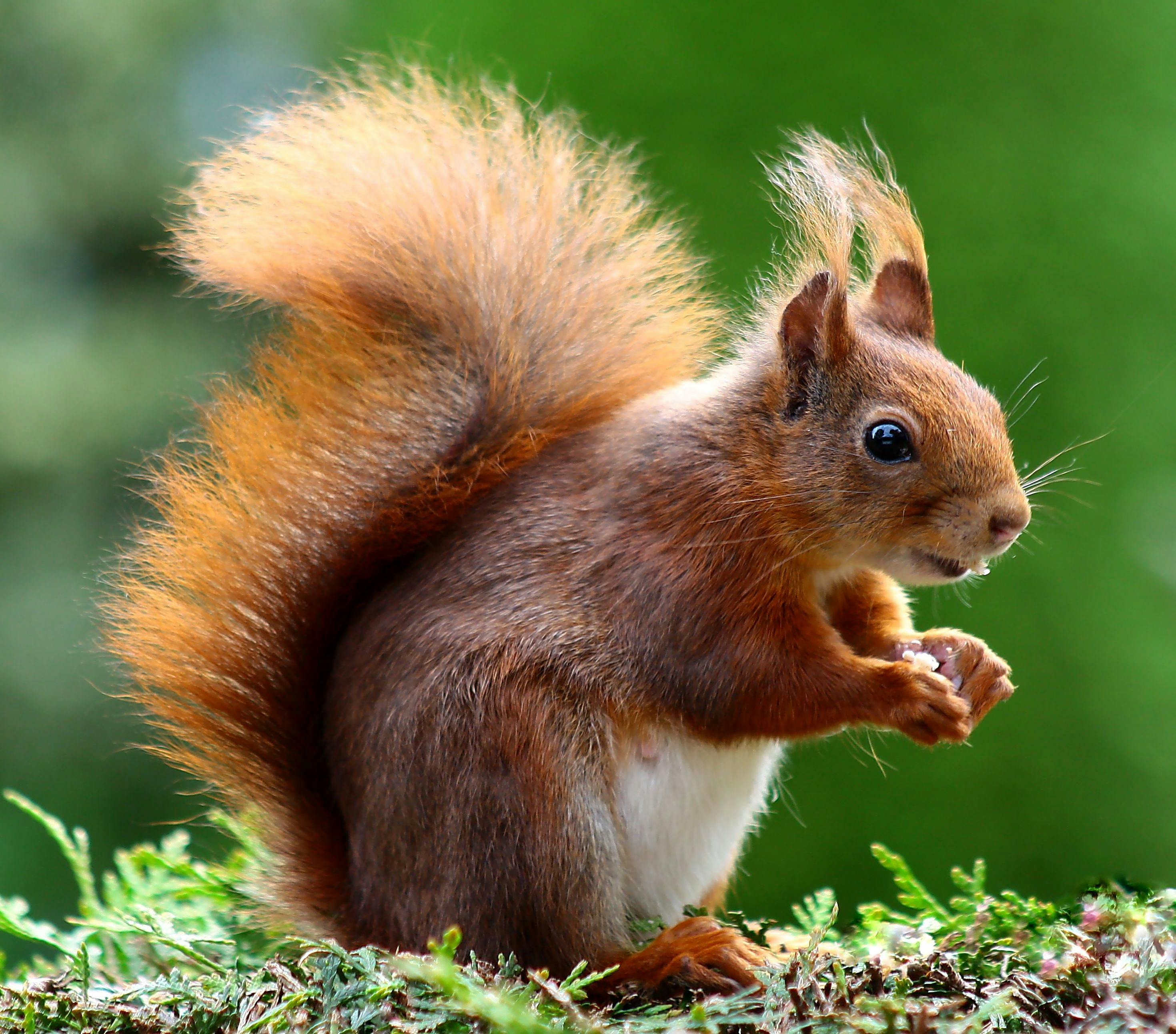Echolocation in Squirrels: Nature's Hidden Navigators
In the realm of animal superpowers, echolocation has long been associated with bats and dolphins. However, recent research has unveiled an unexpected addition to this elite club: squirrels. These agile tree-dwellers have been found to possess a rudimentary form of echolocation, challenging our understanding of animal sensory capabilities and evolutionary adaptations.

The Unexpected Discovery
The revelation of squirrel echolocation came as a surprise to researchers studying animal communication. While observing eastern gray squirrels in urban parks, scientists noticed peculiar clicking sounds emitted during nocturnal activities. Initially dismissed as random vocalizations, further investigation revealed a pattern correlating with the squirrels’ movements, especially in low-light conditions.
Subsequent studies using high-sensitivity microphones and slow-motion cameras confirmed that squirrels were indeed producing ultrasonic clicks, inaudible to human ears. These clicks, when analyzed, showed similarities to the echolocation calls of bats, albeit at a much simpler level.
How Squirrel Echolocation Works
Unlike the sophisticated echolocation systems of bats and dolphins, squirrel echolocation appears to be a more rudimentary form. The squirrels produce short, high-frequency clicks through rapid tongue movements against their teeth. These clicks bounce off nearby objects, with the returning echoes providing spatial information to the squirrel.
This system allows squirrels to detect obstacles, judge distances, and navigate in dim light or darkness. While not as precise as bat echolocation, it provides a significant advantage in their arboreal lifestyle, especially during dawn, dusk, and nighttime activities.
Evolutionary Significance
The discovery of echolocation in squirrels raises intriguing questions about the evolution of sensory systems in mammals. Researchers speculate that this ability might have developed as an adaptation to their tree-dwelling lifestyle, where quick, accurate judgments of distance and spatial relationships are crucial for survival.
This finding also suggests that rudimentary forms of echolocation might be more widespread in the animal kingdom than previously thought. It opens up new avenues for research into the sensory capabilities of other seemingly ordinary animals.
Implications for Urban Wildlife Management
Understanding squirrel echolocation has significant implications for urban wildlife management. As cities expand and natural habitats shrink, squirrels have become prominent urban dwellers. Their ability to navigate using sound provides new insights into their adaptability to urban environments.
Urban planners and wildlife conservationists can use this knowledge to design more squirrel-friendly urban spaces. For instance, incorporating structures that enhance sound reflection could aid in creating safer pathways for squirrels in city parks and green corridors.
Challenges in Squirrel Echolocation Research
Despite the excitement surrounding this discovery, researching squirrel echolocation poses unique challenges. The ultrasonic nature of their clicks requires specialized equipment for detection and analysis. Additionally, distinguishing echolocation clicks from other squirrel vocalizations demands careful observation and interpretation.
Researchers are also faced with the task of understanding how this ability varies across different squirrel species and habitats. Preliminary studies suggest that tree squirrels exhibit more developed echolocation skills compared to their ground-dwelling cousins, but more comprehensive research is needed to confirm these findings.
Future Research Directions
The discovery of echolocation in squirrels has opened up exciting new avenues for research. Scientists are now exploring whether this ability is present in other rodent species and to what extent it influences their behavior and ecology.
One area of particular interest is the potential application of this knowledge in wildlife conservation. Understanding how squirrels use echolocation could lead to more effective strategies for protecting and managing squirrel populations, especially in urban and suburban areas where human-wildlife conflicts are common.
Conclusion
The revelation of echolocation in squirrels serves as a powerful reminder of the wonders that still await discovery in the natural world. It challenges our preconceptions about animal capabilities and highlights the importance of continuous, careful observation in scientific research.
As we continue to unravel the mysteries of squirrel echolocation, we’re not just learning about a fascinating animal behavior. We’re gaining insights into the adaptability of nature, the evolution of sensory systems, and the hidden complexities of the creatures that share our world. This discovery invites us to look at the common squirrel with new eyes, appreciating the extraordinary in the seemingly ordinary.





